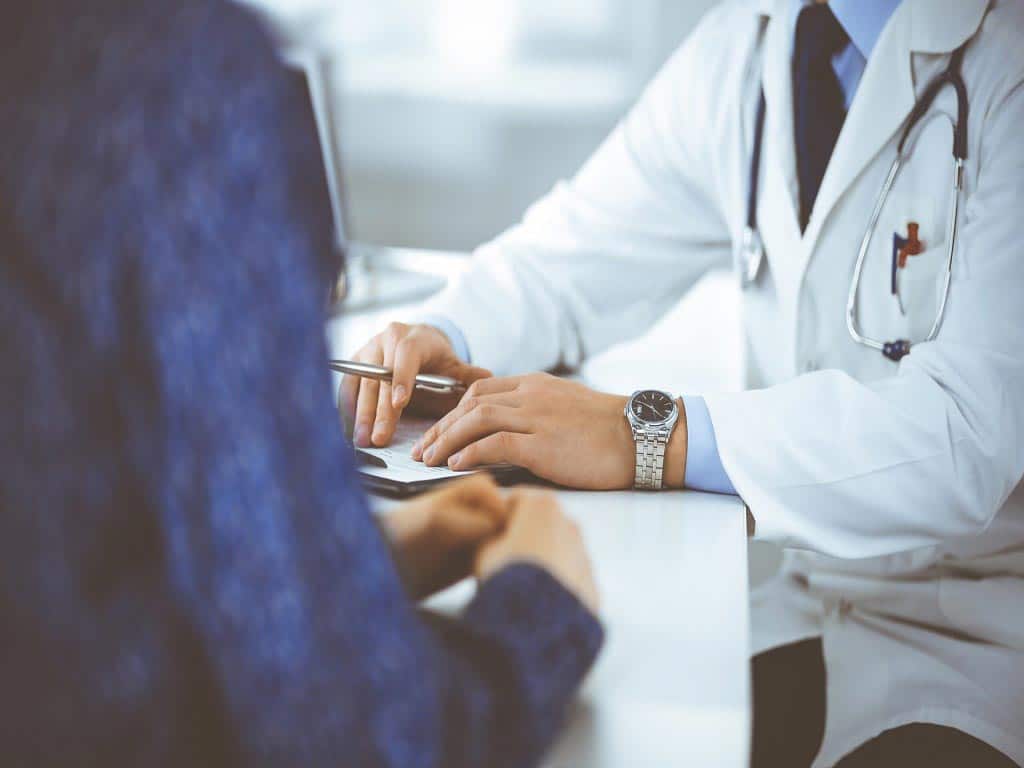Blood Tests to Detect Alcohol Abuse: A Comprehensive Guide
21 December, 2023

Alcohol dependence is a widespread problem that affects millions of people worldwide. It can lead to many health issues and cause accidents that endanger public safety. Hence, professionals use blood tests to detect alcohol abuse. Moreover, it identifies those with Alcohol Use Disorder (AUD). Some examples of the types of blood tests are carbohydrate-deficient transferrin (CDT) and phosphatidyl ethanol (PEth). These are highly accurate tests, and a positive result can indicate a recent high Blood Alcohol Concentration (BAC).
Alcohol blood tests help law enforcement agencies, health professionals, and employers identify those with AUD. This is crucial for ensuring public safety since excessive alcohol consumption significantly impairs individuals. This can result in accidents, causing injuries and fatalities. This is why employers and law enforcement officers conduct tests for alcoholism. This article will present how blood tests work, their different types, and how to understand the results.
How Do Blood Tests to Detect Alcohol Abuse Work?
Blood tests to detect alcohol abuse work by measuring the amount of alcohol or its biomarkers in the bloodstream. After drinking, the liver metabolises the consumed alcohol and converts it into various compounds. Some examples of this are ethanol and acetaldehyde. These compounds remain in the blood, which allows the tests to detect them after some time.
The blood test typically involves taking blood samples. Medically trained professionals conduct this invasive collection procedure. In most cases, they draw the blood from the arm using a needle. Another option is to prick the finger with a small needle, but usually, this is only done for PEth tests. After collection, they take the samples to a laboratory for further analysis.
There, lab technicians may use various methods to examine the samples. Some of the advanced methods for analysing these samples are Gas Chromatography-Mass Spectrometry (GC-MS) and Liquid Chromatography-Tandem Mass Spectrometry (LC-MS). Afterwards, the lab will produce a result indicating the BAC levels.
Advantages Over Other Methods
- Accuracy: these are highly accurate in tracing alcohol ingestion because they directly measure the alcohol biomarkers in the bloodstream. This is why it is often used in legal proceedings.
- Detection period: some blood tests can detect alcohol consumption weeks after intake. This is significantly longer than breath, saliva, and urine tests.
- Medical supervision: professionals conduct this in medical facilities because of the invasive nature of the sample collection procedure.
- Quantitative result: this test indicates the concentration of alcohol in the blood, which allows for a precise measurement.
- Objective measurement: this provides impartial data on the drinking habits of an individual, especially compared to questionnaires.

Different Types of Blood Tests to Detect Alcohol Abuse
There are three common types of blood tests to detect alcohol abuse. Firstly, the CDT test measures the percentage of transferrin that lacks glycosylation due to heavy alcohol consumption. Elevated CDT levels indicate chronic alcohol misuse because it is a direct biomarker of ethanol. However, false positives can occur due to certain medical reasons.
Secondly, there are PEth tests. This form of ethanol testing measures PEth. This is a unique biomarker of alcohol that is incorporated into red blood cell membranes. It only forms in the presence of ethanol, making it highly accurate in detecting harmful alcohol consumption. Moreover, this ethanol testing method detects excessive alcohol intake up to four weeks later.
Lastly, liver function tests (LFT) measure various enzymes and proteins in the blood that indicate liver function. Finding elevated levels of alkaline phosphatase, a liver enzyme, can show liver damage from chronic alcohol consumption. Altogether, these alcohol blood tests can help identify those with AUD so they may receive appropriate care.
Which One Is the Most Accurate?
All three tests are accurate blood alcohol tests. In particular, PEth is considered the most accurate out of the different blood tests. This is because it is not affected by indirect biomarkers, such as cold medicines or products with alcohol, like mouthwash and hand sanitisers.
LFT tests can be affected if the individual consumes food with alcohol. Meanwhile, CDT tests can react to certain medications. Professionals may use a combination of tests to minimise the risk of false positives. This can allow them to gather more data on the level of alcohol consumption and drinking patterns.

Understanding the Results of Blood Tests to Detect Alcohol Abuse
Individuals must have the correct understanding and interpretations of the results of the blood tests to detect alcohol abuse. Blood alcohol testing can accurately measure the amount of alcohol in the bloodstream, which provides valuable information about the consumption of alcohol. It can provide insight and identify individuals with alcohol-related problems.
Positive test results may indicate recent heavy drinking, which results in alcohol markers above the cutoff levels. This can show high BAC levels. The legal limit for driving in New Zealand is 0.05% BAC. Thus, the individual may face several legal penalties, depending on the exact BAC level. This includes hefty fines, license suspensions, ignition interlock programs, and imprisonment.
Employees may also face termination if they fail during a workplace alcohol test. Many high-risk industries implement zero-tolerance policies to ensure safety, especially with safety-sensitive positions. This may result in ruined careers and reputational damage. Thus, it is crucial to interpret the results properly and take precautions against the possibility of false positive results.
Interpretation of the Results
Individuals may interpret the results of blood alcohol testing in several ways. In particular, if the test measures the BAC, the report will show a number indicating the BAC level. The BAC levels may also serve as a reference regarding the level of impairment the person was in.
A positive result shows alcohol consumption within the detection period. Meanwhile, a negative result means there was no trace of liquor intake during the detection window. Chronic heavy drinking will result in high BAC levels and result in loss of judgment, lack of coordination, and reduced reaction times.
Conclusion
Blood tests to detect alcohol abuse work by using blood samples to trace for biomarkers of alcohol consumption. The collection procedure is done by medical professionals and sent to the laboratory for further analysis. Some examples of the types of blood tests are CDT, PEth, and LFT. These are highly accurate tests that can detect alcohol intake up to weeks after consumption. These tests are often used in legal proceedings because of their accuracy.
In particular, the most accurate test is the PEth test. This is because it only forms from ethanol. Positive results indicate a BAC level above the cutoff limit. For New Zealand, the legal limit for most drivers is 0.05%. The individual may face several penalties in this case. Thus, it is crucial to practice safe drinking habits and avoid drink driving. Individuals may use personal breathalysers to help monitor and limit their alcohol consumption.




























